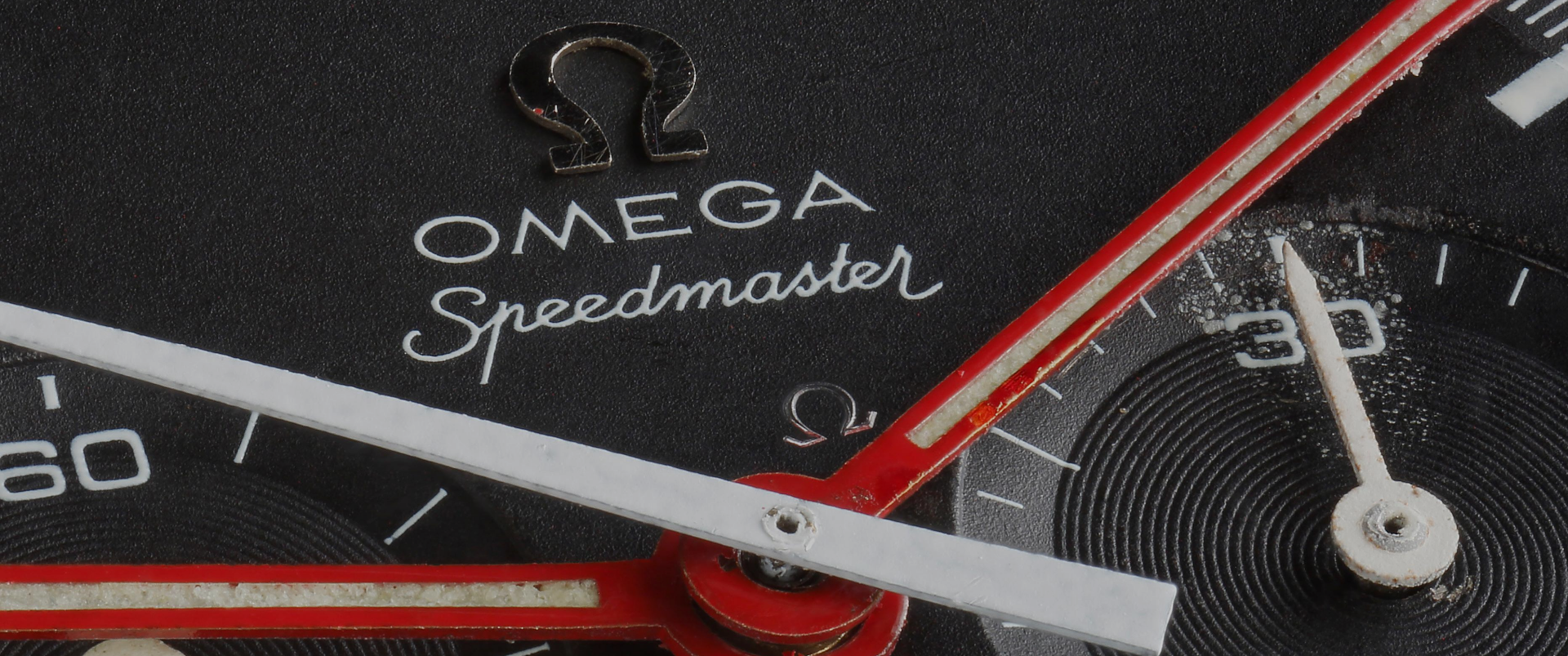The Tool Watch: History, Function, and Evolution of a Watchmaking Icon

In the world of haute horlogerie, a Tool Watch is a timepiece born with a very specific purpose: to serve as a vital instrument for professionals operating in extreme conditions. These watches were not luxury accessories, but essential survival tools for divers, aviators, explorers, and military forces. Their design was guided solely by functionality.
Today, Tool Watches have become style icons and pillars of luxury collecting. This article explores how these rugged and highly legible instruments transitioned from the wrists of professionals to those of enthusiasts, preserving their historical charm while increasing in value.
Design Driven by Necessity: Key Features of a Tool Watch
The essence of a true Tool Watch lies in its strict adherence to the principle of “form follows function.” Every design element had to serve a practical purpose in high-pressure environments or low-visibility situations.
The fundamental characteristics that define this category include:
-
Immediate Legibility: high-contrast black dials; large, often oversized hands and indices; generous luminous coating (Radium, Tritium, or Super-LumiNova).
-
Robustness and Water Resistance: reinforced cases and gaskets to withstand shocks, vibrations, and the ingress of water, dust, and magnetic fields. Features like the screw-down crown were introduced to ensure maximum water-tightness.
-
Additional Functions: purpose-built complications such as a unidirectional bezel for dive times, a GMT function for pilots’ time zones, or a tachymeter scale for timing speed.
The Three Iconic Categories of Tool Watches
History has been shaped by three main types of professional tool watches, each developed for a specific working environment.
Diver’s Watches
Created for military and professional scuba diving, these watches had to be perfectly legible in darkness and resistant to pressure.
-
Key Function: tracking bottom time and ascent — vital for decompression and oxygen management.
-
Innovation: the unidirectional rotating bezel, preventing overestimation of remaining dive time (a potentially dangerous error).
-
Icons: Rolex Submariner (the benchmark), Omega Seamaster, Blancpain Fifty Fathoms (among the very first).
Pilot’s Watches
Developed for early aviators who needed an extremely precise watch that was easy to operate even with gloves.
-
Key Function: timing the flight plan and ensuring maximum readability in dark cockpits.
-
Innovation: oversized “onion” crowns for easy handling, internal calculation bezels, and chronograph functions for timing.
-
Icons: IWC Big Pilot, Zenith Type 20, and the classic German Flieger watches.
GMT / Dual-Time Watches
Designed for intercontinental flight crews and travelers crossing time zones (famously Pan Am pilots).
-
Key Function: simultaneous display of two (or more) time zones — typically local time and a reference such as GMT/UTC.
-
Innovation: a fourth hand (GMT hand) with a bidirectional 24-hour bezel, often bi-color to distinguish day/night.
-
Icons: Rolex GMT-Master (the pioneer), Omega Seamaster GMT, Tudor Black Bay GMT.
Tool Watches in Luxury Collecting
The transformation from work instrument to luxury item wasn’t accidental. Their rugged construction ensured their survival over decades, and their authentic history forged a narrative of adventure and fascination.
In the vintage and pre-owned market, Tool Watches are the most sought-after category for two main reasons:
-
Historical Authenticity: early references — especially those with wear and patina (tropical dials, faded bezels) — tell a story. A Submariner with military service history or a GMT-Master worn by a pilot is worth far more than a “perfect” example without provenance.
-
Manufacturing Details: collectors obsess over early production traits — unpolished cases, lug geometry, serial ranges, and dial-hand matching that attest to originality.
Conclusion
Tool Watches prove that true beauty in watchmaking often emerges from uncompromising functionality. Wearing one means carrying not only a luxury object, but also a fragment of exploration and engineering history.
Evaluating these watches requires expert eyes capable of reading the signs of time and guaranteeing authenticity. To explore a curated selection of Tool Watches with verified heritage, expertise is your most valuable guide.
Discover the selection of iconic Tool Watches at andreafoffi.com.



